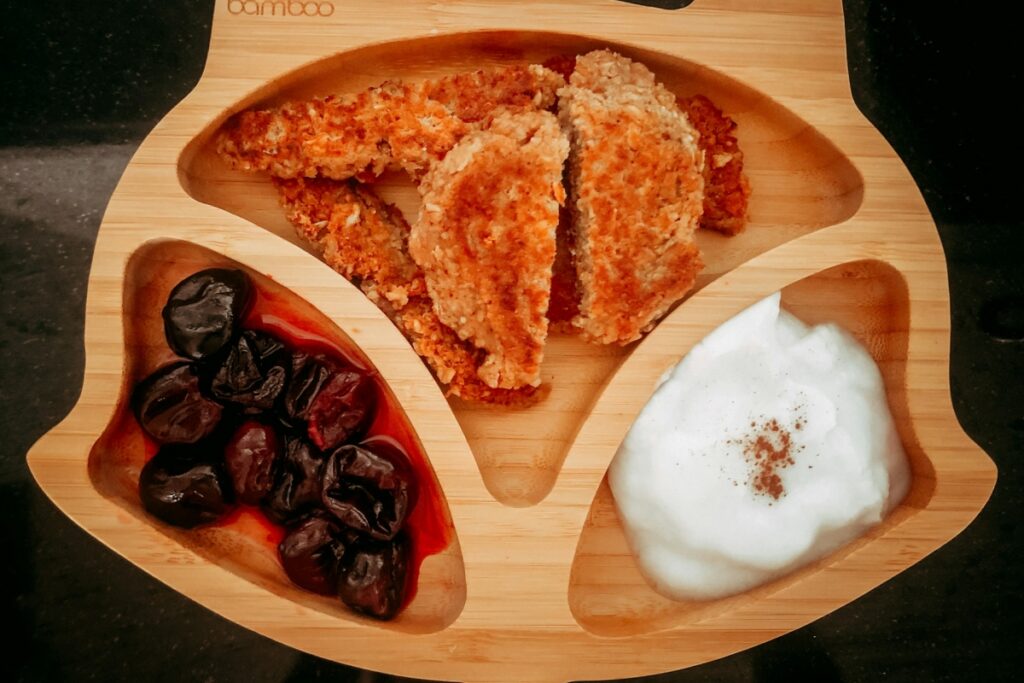The demand for high-quality, fast-cooked pizza is booming, and an electric-fired pizza business offers a modern, efficient, and eco-friendly way to enter this lucrative market. Unlike traditional wood-fired or gas-fired ovens, electric pizza ovens provide consistent heat, ease of use, and compliance with indoor safety regulations—making them ideal for food courts, shopping malls, and delivery-focused setups.
This guide will walk you through everything you need to start, run, and grow a successful electric-fired pizza business, including equipment, supplies, and the step-by-step pizza-making process.
Why Start an Electric-Fired Pizza Business?
-
Lower Operating Costs – No need for expensive wood or gas, just electricity.
-
Consistent Cooking – Electric ovens maintain stable temperatures, ensuring uniform pizza quality.
-
Space Efficiency – Ideal for small kitchens, kiosks, or compact restaurants.
-
Faster Startup Time – Unlike wood-fired ovens, electric models heat up quickly, reducing wait times.
-
Eco-Friendly – Produces no smoke or emissions, making it suitable for indoor use.
Essential Equipment & Supplies
To operate an electric-fired pizza business, you’ll need the following:
Equipment:
-
Electric Pizza Oven – Choose between conveyor, deck, or countertop ovens based on your space and volume needs.
-
Dough Mixer – For consistently kneading dough.
-
Dough Sheeter/Roller – Speeds up dough preparation for uniform pizza bases.
-
Refrigerated Prep Table – Keeps ingredients fresh and organized.
-
Pizza Pans or Screens – Ensures even cooking and crispiness.
-
Pizza Cutter & Serving Tools – Cutters, spatulas, and trays for serving.
-
Topping Dispensers & Portion Control Tools – For consistent portioning and quality control.
-
Point-of-Sale (POS) System – For order processing, payments, and sales tracking.
Supplies:
-
Dough Ingredients – Flour, yeast, salt, water, and olive oil.
-
Pizza Sauce – Tomato-based or specialty sauces like BBQ or Alfredo.
-
Cheese – Mozzarella, cheddar, parmesan, and vegan cheese options.
-
Toppings – Pepperoni, mushrooms, olives, peppers, onions, chicken, pineapple, etc.
-
Herbs & Spices – Oregano, basil, chili flakes, garlic powder.
-
Packaging – Pizza boxes, napkins, and takeout containers.
Pizza-Making Process (P in SIPOC)
A structured pizza-making process ensures consistency and efficiency in your operations. Here’s a breakdown:
-
Dough Preparation
-
Mix flour, yeast, water, salt, and oil in a dough mixer.
-
Let the dough rise for at least 2 hours.
-
Portion the dough into balls and refrigerate for later use.
-
-
Dough Stretching & Base Formation
-
Use a dough sheeter or manually stretch to desired thickness.
-
Place the dough on a pizza pan or screen.
-
-
Sauce Application
-
Evenly spread tomato sauce or specialty sauce over the base using a ladle.
-
-
Cheese & Toppings
-
Sprinkle mozzarella or preferred cheese blend.
-
Add toppings based on menu selection and customer preference.
-
-
Baking in Electric Pizza Oven
-
Preheat the electric oven to 250-300°C (482-572°F).
-
Place the pizza inside and cook for 5-8 minutes.
-
Monitor for a golden crust and melted cheese.
-
-
Finishing Touches & Serving
-
Sprinkle fresh herbs or drizzle with olive oil.
-
Slice using a pizza cutter and serve hot.
-
Running & Growing Your Pizza Business
-
Menu Development – Offer signature pizzas, vegan options, and limited-time specials.
-
Marketing & Branding – Utilize social media, promotions, and loyalty programs.
-
Delivery & Takeaway – Partner with food delivery apps or set up an efficient takeaway system.
-
Expand to Events & Catering – Serve at corporate events, parties, and festivals.






